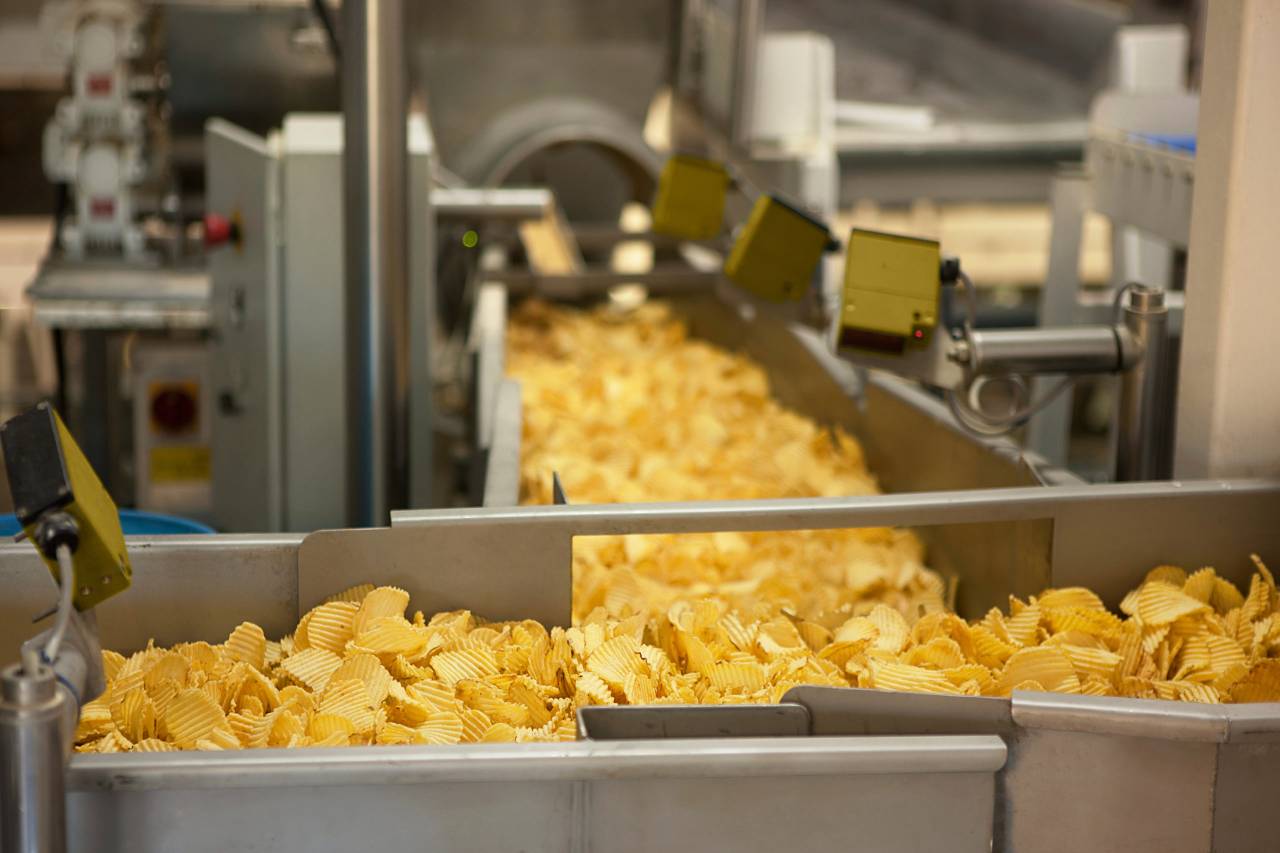Potato chips are now among the most popular and widely consumed snack foods in the world. This crispy, flavorful treat has come a long way—from humble kitchen origins to becoming a highly technical and standardized industrial product. Understanding the industrial history of chips reveals the innovations and technological advances that have shaped the modern snack food industry.
The Origin Story: Birth of the Chip (19th Century)
The origin of the potato chip dates back to 1853 in Saratoga Springs, New York. As the story goes, a chef named George Crum responded to a customer’s complaint about thick-cut fried potatoes by slicing them extremely thin and frying them until crisp. The customer was delighted—and the Saratoga Chips were born. The snack quickly gained local popularity and spread to other regions.
Toward Mass Production (Early 20th Century)
Until the 1920s, potato chips were produced primarily by hand and sold locally. However, as consumer demand rose, the need for mechanized production became evident. The first chip factories began operations in the United States, using rudimentary equipment for peeling, slicing, and frying.
A significant milestone came in 1926, when chips were first sold in waxed paper bags. This innovation helped preserve freshness and enabled chips to be transported and sold across wider markets.
Industrialization and Automation (1950s–1980s)
In the 1950s, industrial production of chips entered a new era. Fully automated lines were introduced, including machines for washing, peeling, uniform slicing, starch rinsing, and controlled deep frying. The use of stainless steel machinery, refined cooking oils, and quality control systems brought standardization to the process.
Packaging also evolved during this period, with the adoption of air-tight laminated bags made from materials like metallized polypropylene, which helped maintain product crispness and extended shelf life.
Innovation, Flavor, and Health Focus (1990s–Present)
Since the 1990s, the potato chip industry has focused on product diversification, health-conscious reformulation, and environmental sustainability. Key developments include:
-
Flavor innovation (cheese, sour cream, chili, vinegar, herbs, etc.)
-
Healthier processing methods, including baked chips with reduced fat
-
Use of trans fat–free vegetable oils and natural flavoring
-
Eco-friendly packaging and waste reduction initiatives
-
Integration of AI-driven quality control systems and smart manufacturing
Chips in Iran: From Imports to Domestic Leadership
Potato chips were introduced in Iran in the 1960s, quickly becoming a beloved snack. A turning point came in 1989, with the establishment of MazMaz, recognized as Iran’s first industrial potato chip manufacturer.
By implementing modern European machinery and advanced food technology, MazMaz set a new benchmark for chip production in Iran.
In the following decades, more domestic brands emerged, leading to healthy market competition and rapid improvement in quality, variety, and packaging standards. Today, Iranian chip manufacturers utilize modern food engineering, comply with international health standards, and export to regional markets with growing success.
Conclusion
The potato chip has evolved from a simple culinary experiment into a cornerstone of the global snack food industry. Its journey has been shaped by innovation, industrial engineering, and an ever-increasing understanding of consumer preferences. Today, leading chip manufacturers continue to combine flavor, quality, safety, and sustainability in one delicious bite.


